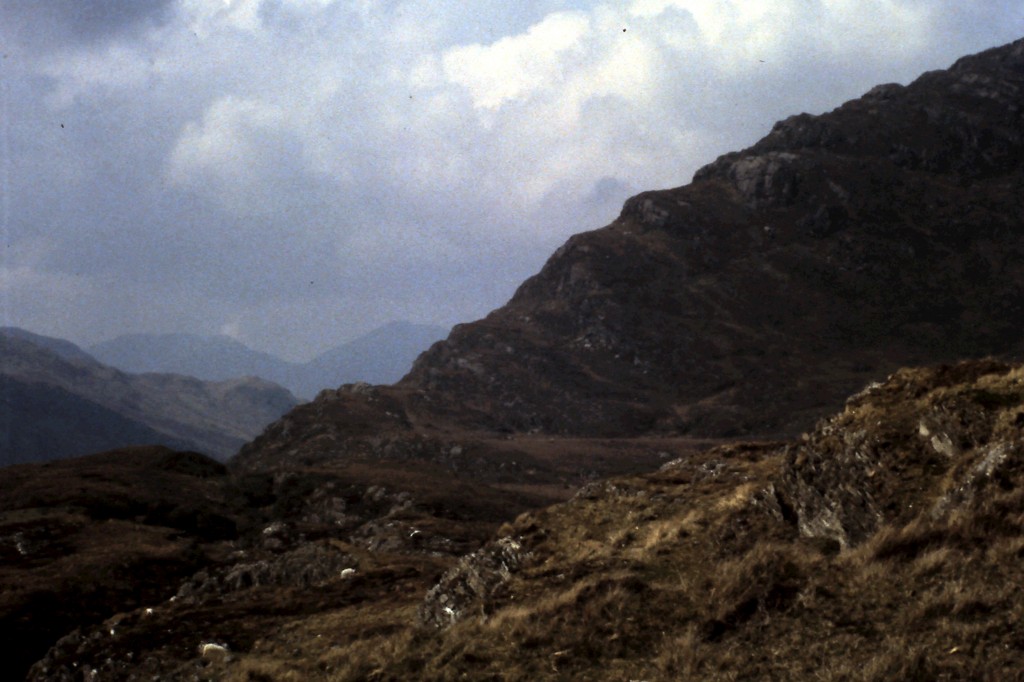The west of Ireland is a special place. During the Celtic Revival, a literary and political movement spanning the 19th and 20th Centuries, it was seen by many as the ‘true’ Ireland. Haunted by the ghosts of the Irish potato famine, it’s gaelic-speaking communities were taken as a template for a future country freed from English interference. W. B. Yeats, poet and follower of magick, sought inspiration here. Other great figures of world literature, James Joyce and Oscar Wilde were influenced by the Celtic Revival, even if only as something to react against. Today, the remarkable nature writer and artist Tim Robinson lives and works in the ‘the West’, creating fabulous prose from his desire to know everything about tiny pieces of the land.
This is not a post about about Irish literature or history, much as I would love to write about the fascinating way they intersect and interweave. But these are deep waters, full of traps for the unwary Englishman and the amateur alike. But writing about the geology of the west of Ireland is something I’ve been trained to do.
The west of Ireland is dominated by the Atlantic. If you live there you learn to look towards the Ocean to see how soon the next shower is coming. Places like Achill Island feel like the prow of a battleship in stormy weather. Massive cliffs are moderated only by beaches covered in car-sized stones, shingled by the storms. On a typically brisk day, a car parked a mile inland becomes covered in sea-spray.
I have a big geological map of North America (you may have it too). Stretching over to include Iceland and Greenland, the eastern edge cuts only a tiny area of Europe – fragments of the west of Ireland seemingly adrift in the Atlantic ocean. It turns out that the Atlantic connection is more than poetic. For the best bits of its geological history, the north west of Ireland was part of the continent of Laurentia, now mostly found on the other side of the Ocean. The geological narrative I will be telling was hard-won – the big picture takes in Greenland, Scandinavia, Scotland, and the eastern USA and Canada. The west of Ireland is the keystone, joining different spans of knowledge together, holding up a great scientific structure.
Just as Irish writers created work with world-wide impact, so Irish geology has a wider role to play. How do we link the structures in ancient mountain belts to broad plate tectonic concepts? How long do orogenies last? How does magmatism affect metamorphism? How do we gain tectonic insights from sedimentary basins? The west of Ireland has much light to shed on all of these questions.
I will be writing a series of posts on the geology of the west of Ireland. I shall focus mostly on South Mayo and Connemara, but will take occasional trips elsewhere. This follows the pattern of the time I spent in Ireland, studying for my PhD. I’ll draw on this experience to give some insight into how science is really done. At times I’ll sound like I have all the answers, but I’ll also make it clear that really nobody does – science is always a work in progress. I’ll talk of the mistaken ideas of the past, plus the awkward facts that may ultimately overturn parts of today’s scientific consensus. Scientists are human too. I have a tale to tell of graduate-student-doubt, academic bitchiness and ultimate redemption at the hands of U-Pb geochronology.
The great comedy ‘Father Ted’ is another cultural product of the west of Ireland. So as Mrs Doyle would say “will you be having some more Irish geology blog posts? Ah go on. Go on now. Go on, go on, go on, go on, go on, go on, go on, go on…”.


Excellent idea. I am really looking for it. I visited western Ireland briefly but unfortunately its geology was beyond me. Most of the time I didn’t really understand it or were not able to put the puzzle pieces together. I think it takes much more time, experience, and way better preparation than I had. Less rain would not be a bad idea either, but hey, this is Ireland.
Looking forward to reading your take on my homeland